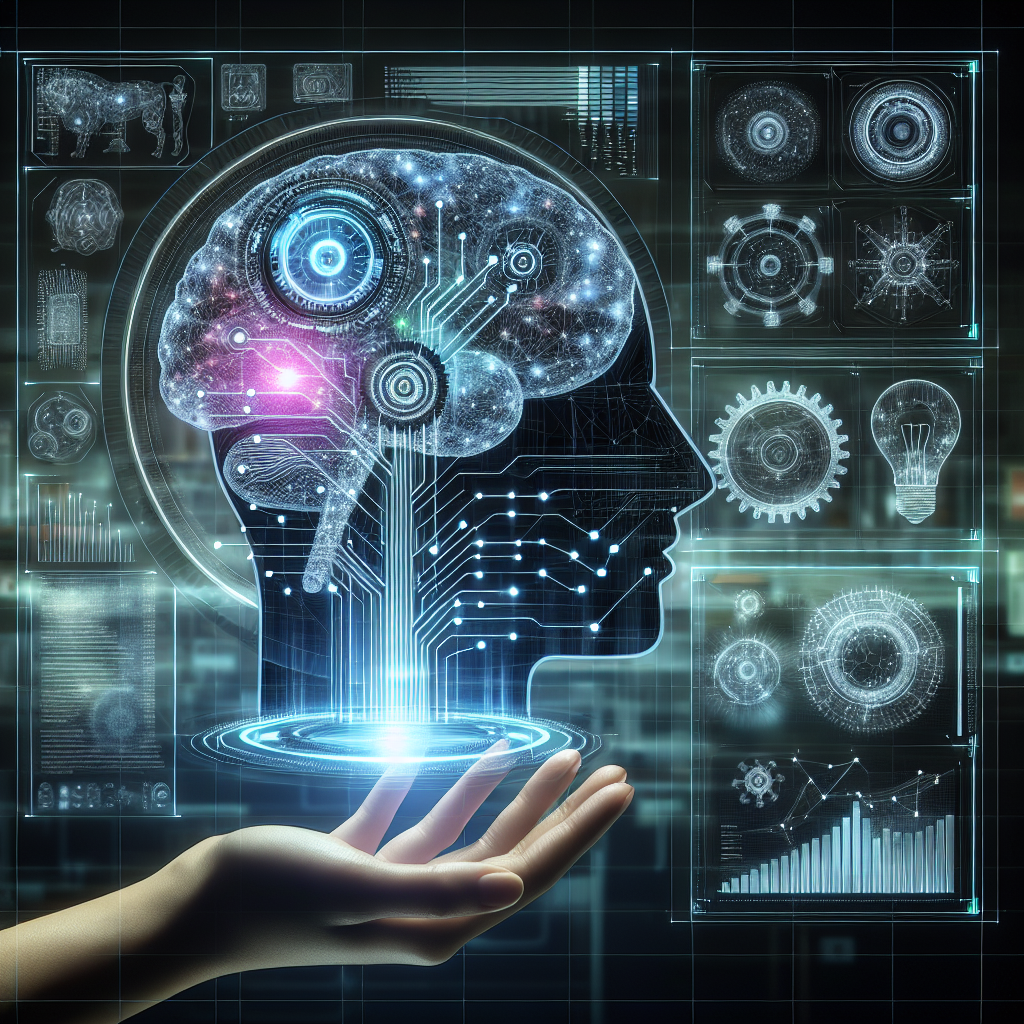The Role of AI Platforms in Predictive Maintenance
Introduction
Predictive maintenance is a proactive maintenance strategy that uses data and analytics to predict when equipment failure is likely to occur, allowing maintenance to be performed just in time to prevent downtime. This approach offers numerous benefits, including reduced maintenance costs, increased equipment uptime, and improved overall operational efficiency. In recent years, the use of artificial intelligence (AI) platforms in predictive maintenance has gained popularity due to their ability to analyze vast amounts of data and accurately predict equipment failures. In this article, we will explore the role of AI platforms in predictive maintenance and how they are revolutionizing the way maintenance is performed in various industries.
The Role of AI Platforms in Predictive Maintenance
AI platforms play a crucial role in predictive maintenance by leveraging machine learning algorithms to analyze historical data, identify patterns, and predict when equipment failure is likely to occur. These platforms can process massive amounts of data from sensors, monitoring systems, and other sources to provide real-time insights into the health of equipment and predict potential failures before they happen. By continuously monitoring equipment performance and analyzing data in real-time, AI platforms can help maintenance teams prioritize maintenance tasks, optimize maintenance schedules, and reduce the risk of unexpected equipment failures.
One of the key advantages of using AI platforms in predictive maintenance is their ability to detect early warning signs of equipment failure that may not be apparent to human operators. By analyzing data from multiple sources and applying advanced algorithms, AI platforms can identify subtle changes in equipment performance that may indicate impending failure. This early detection enables maintenance teams to take corrective action before a failure occurs, reducing the risk of unplanned downtime and minimizing the impact on production.
Another benefit of using AI platforms in predictive maintenance is their ability to optimize maintenance schedules and resources. By analyzing historical data and predicting when equipment failure is likely to occur, AI platforms can help maintenance teams plan maintenance activities more effectively, ensuring that maintenance is performed at the right time and with the right resources. This proactive approach to maintenance can help reduce maintenance costs, extend the life of equipment, and improve overall operational efficiency.
In addition to detecting equipment failures and optimizing maintenance schedules, AI platforms can also help maintenance teams improve equipment performance and reliability. By analyzing data from sensors and monitoring systems, AI platforms can identify opportunities to optimize equipment settings, improve maintenance practices, and prevent future failures. This proactive approach to maintenance can help organizations maximize the performance of their equipment, increase equipment uptime, and reduce the risk of costly breakdowns.
Overall, the role of AI platforms in predictive maintenance is to leverage advanced analytics and machine learning algorithms to analyze data, predict equipment failures, and optimize maintenance practices. By using AI platforms, organizations can improve equipment performance, reduce maintenance costs, and minimize the risk of unplanned downtime, ultimately increasing operational efficiency and profitability.
FAQs
Q: What is the difference between predictive maintenance and preventive maintenance?
A: Predictive maintenance uses data and analytics to predict when equipment failure is likely to occur, allowing maintenance to be performed just in time to prevent downtime. Preventive maintenance, on the other hand, involves performing maintenance tasks at regular intervals, regardless of the condition of the equipment.
Q: How do AI platforms analyze data to predict equipment failures?
A: AI platforms use machine learning algorithms to analyze historical data, identify patterns, and predict when equipment failure is likely to occur. These algorithms can process vast amounts of data from sensors, monitoring systems, and other sources to provide real-time insights into the health of equipment.
Q: What are the benefits of using AI platforms in predictive maintenance?
A: The benefits of using AI platforms in predictive maintenance include early detection of equipment failures, optimization of maintenance schedules and resources, improved equipment performance and reliability, reduced maintenance costs, increased equipment uptime, and improved overall operational efficiency.
Q: How can organizations implement AI platforms in predictive maintenance?
A: Organizations can implement AI platforms in predictive maintenance by collecting data from sensors and monitoring systems, integrating the data into the AI platform, training the machine learning algorithms to analyze the data, and using the insights generated by the platform to optimize maintenance practices.
Conclusion
AI platforms are revolutionizing the way predictive maintenance is performed in various industries by leveraging advanced analytics and machine learning algorithms to analyze data, predict equipment failures, and optimize maintenance practices. By using AI platforms, organizations can improve equipment performance, reduce maintenance costs, and minimize the risk of unplanned downtime, ultimately increasing operational efficiency and profitability. As AI technology continues to evolve, the role of AI platforms in predictive maintenance is expected to become even more critical in helping organizations maximize the performance of their equipment and achieve their maintenance goals.

